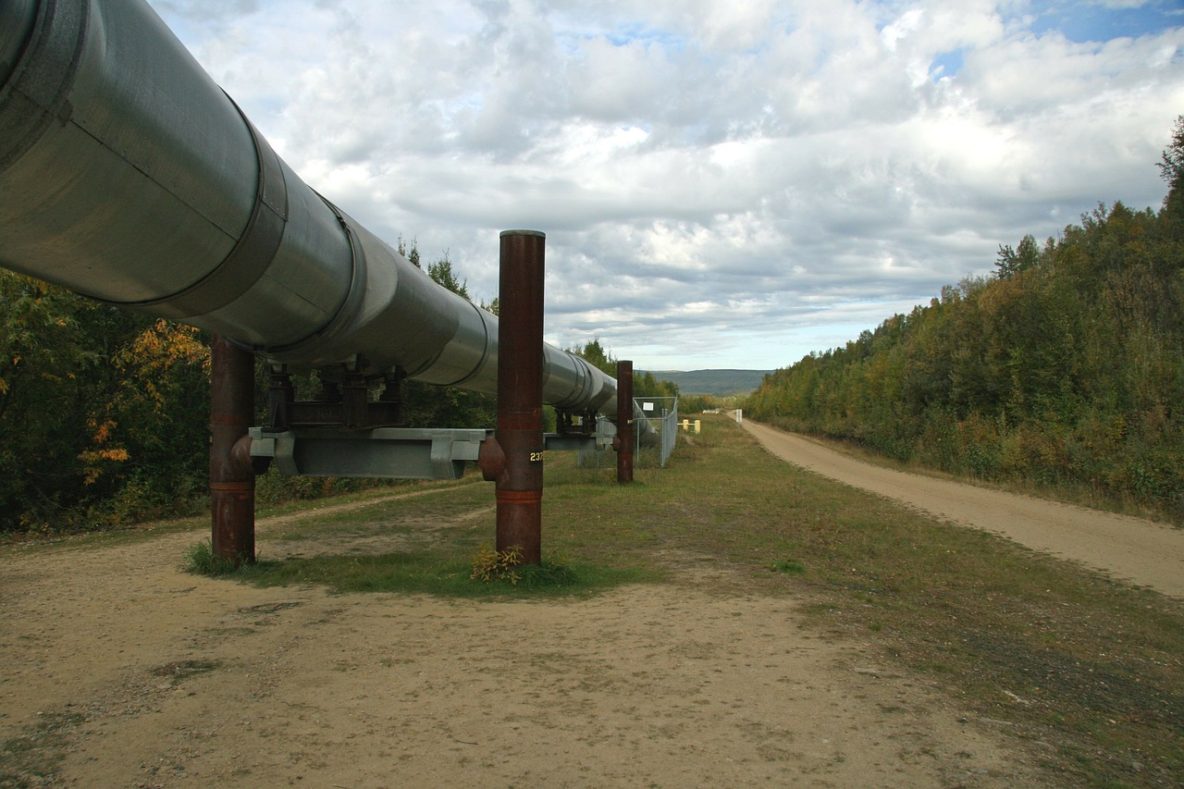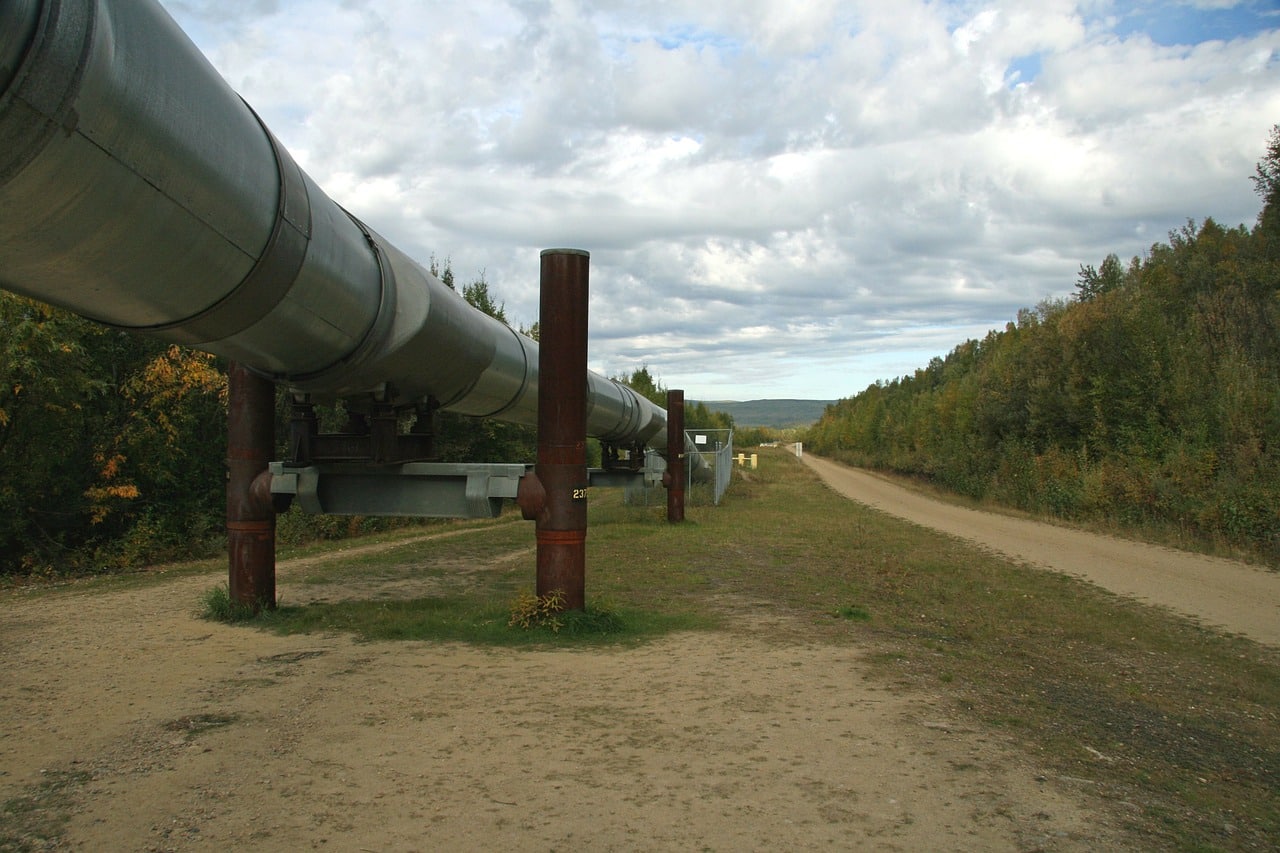NY Workers Comp Rate for Code 6233 Oil or Gas Pipeline Construction and Drivers
Description: Code 6233 applies to contractors engaged in cross-country construction of oil or gas pipelines and contractors engaged exclusively in the clearing of new right-of-ways for such construction. This code also applies to maintenance, testing, repair, trench pipe wrapping, pipe manufacturing at the construction site and the taking up and removal of oil or gas pipeline.
Pricing: Solid companies with a good loss history can obtain better than average pricing on NY Workers Comp Rate for Code 6233.
According to the Bureau of Labor Statistics nearly 500,000 workers are currently employed in the oil and gas extraction industry in the United States, and that number is on the rise as the world’s demand for energy continues to grow. This increase means more risks for well operators as they struggle to keep up with demand. Fortunately, there are many types of coverages available to those in the oil and gas industry to help mitigate these risks.
Risks in the oil and gas industry can be split into three categories:
1. Environmental
2. Equipment and property
3. Worker health and safety
Environmental risks are the most far-reaching risks faced by the oil and gas industry. Major oil spills, gas emissions and other contaminations are well-documented and are considered to be part of doing business.
Equipment risks include malfunctions and downtime, which lower the profitability of the operation. Preventive and predictive maintenance are key for combating these risks.
Property risks include lost or damaged drills or wells and damage to equipment during transportation. Additionally, fleet risks, such as fuel costs, rollovers and spills, need to be addressed by employers.
Finally, worker health and safety is a big concern because of the dangerous nature of the industry; the fatality rate for oil and gas workers is seven times the national average for all workers. Providing the proper training and safety measures for workers as the industry continues to expand will be important for employers to remain profitable.
What are Your NY Class Code 6233 Coverage Options?
There are a host of coverage options available to those in the oil and gas industry. Typical commercial general liability (CGL), protection and indemnity (P&I), marine employer’s liability (MEL) and hull insurance policies are likely not sufficient to cover many of the risks the industry faces:
Risks in the oil and gas industry can be split into three categories:
1. Environmental
2. Equipment and property
3. Worker health and safety
1. Environmental Coverage Options
Pollution insurance is a necessary coverage because CGL policies typically exclude pollution events. Under the terms of pollution coverage, the incident that leads to an environmental loss must be “sudden and accidental” and must be detected within a certain timeframe. This coverage generally does not pay for cleanup costs. Specific pollution insurance coverages often cover operators from gradual environmental incidents; coverages include:
• Pollution legal liability (PLL) or environmental impairment liability (EIL), which are site-specific coverages written on a claims-made basis. Incidents that are gradual in nature and take a long time to discover, such as a small pipeline leak, may trigger a claim. If an operator knows the exact point at which the incident occurred, it is usually not covered under a PLL/EIL policy.
• Contractors pollution liability (CPL) insurance, which covers oil and gas contractors against claims from third-party bodily injury, property damage, cleanup costs and/or environmental damage due to their work on a worksite.
• Storage tank liability (STL), which covers damage from leaking storage tanks, whether they are above- or below-ground.
2. Equipment and Property Coverage Options
• Control of well insurance (also may be known as operators extra expense (OEE)), which covers expenses incurred in regaining control of a well after cratering or blowout. Additionally, endorsements may be added to this policy to cover pollution, equipment malfunction (such as casing damage), evacuation costs and damage to the property as a result of the cratering or blowout.
• Oil lease property (OLP) coverage, which covers a loss or damage to petroleum storage tanks at scheduled locations.
• Riggers legal liability coverage, which insures oil contractors when handling a worksite’s equipment. For example, this coverage would cover damage to a wellhead during installation by a contractor. A standard CGL policy would not cover such an event.
3. Worker Health and Safety Coverage Options
• Workers in the oil and gas extraction industry face many more health hazards than the average worker, so it’s important that employers have robust workers’ compensation and return to work programs to keep workers safe and healthy. In addition to these programs, providing worker training and implementing various safety measures will minimize the number of days your employees are away from work.
o Training should focus on the following oil and gas safety hazards:
Struck-by/caught-in incidents
Falls
Explosions and fires
Confined spaces
Ergonomic issues
Machine hazards
Hot work
o Training should also focus on the following health hazards:
Hydrogen sulfide
Silica
Noise
Diesel particulate matter
Hazardous materials
Fatigue
Extreme temperatures
To obtain a quote for NY Workers Comp Rate for Code 6233 – Oil and Gas Pipeline construction insurance, give Enforce a call 212-947-4298.


